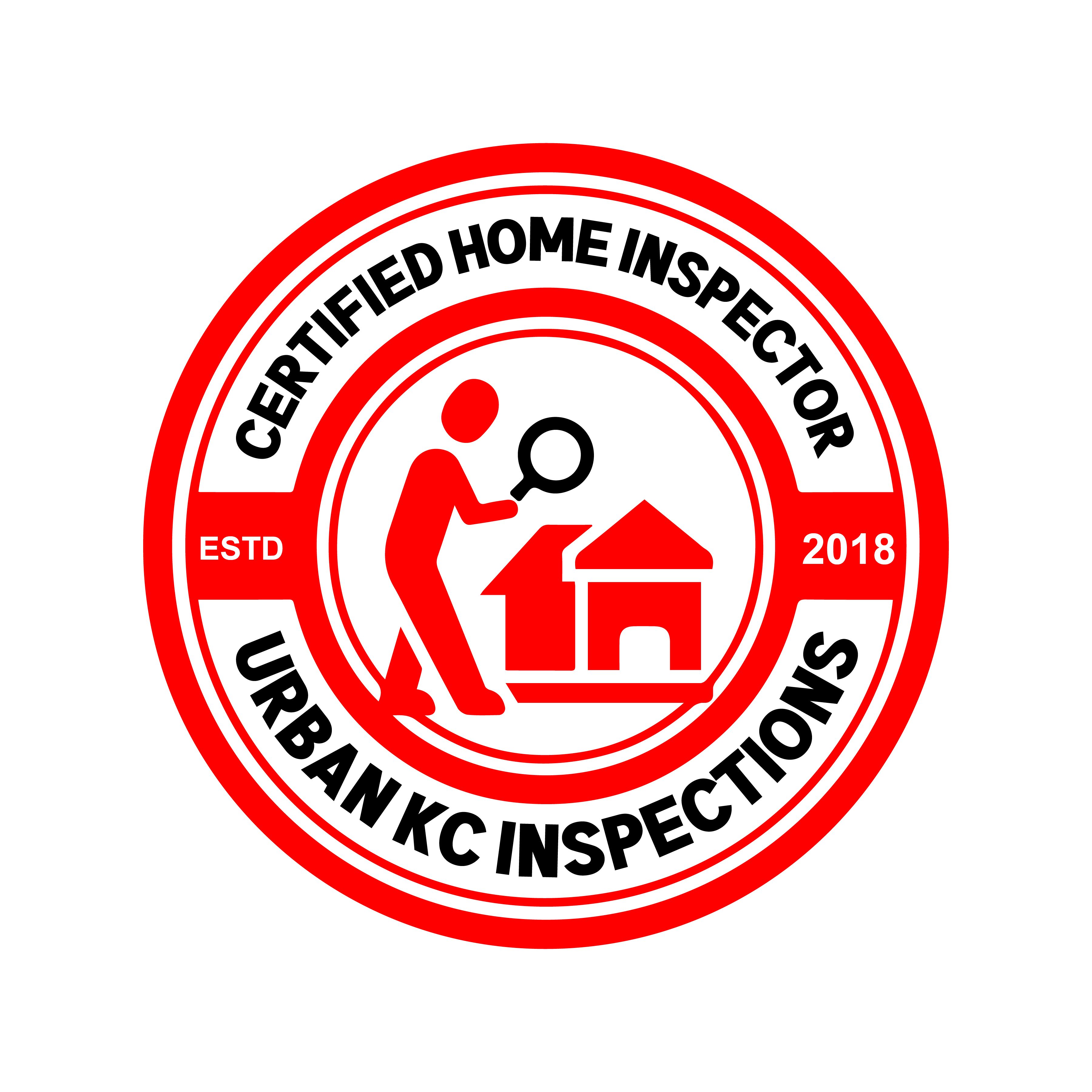-
FAQs
At Urban KC Inspections we do our best to answer all of your questions. Below you will find a list of what we believe are the most frequently asked questions. If you have any questions that have not been answered below, do not hesistate to contact us.
-
A typical inspection should take 2 to 3 hours to complete. This can vary, given the current condition and size of the home, the accessibility of mechanical systems, and so on. As a courtesy to sellers, we recommend that they be informed of the timeframe in a pre-purchase home inspection situation.
We inspect the major systems of the house. These include the Roof, Exterior, Structure, Electrical, Heating, Cooling, Plumbing, Insulation, and Interior. Our goal is to identify any existing major problems that would affect a typical buyer's decision to purchase.
Our typical fee for an inspection is between $475-975 depending on the inspection package chosen. However, some factors will affect the fee. If you are comparing home inspection firms, the fee charged should not be the deciding factor unless the level of service offered is identical. Remember, you are considering a major purchase and your choice of home inspector should be based on getting the best value, not just the best price.
- Complete home inspection conducted by an experienced professional.
- Comprehensive written home inspection report.
- Technical support for as long as you own your home.
Definitely. We encourage you to attend. The inspection is a valuable learning experience for most homebuyers.
You don't have to take notes during the inspection. We will document everything in a written report. It's much better to follow the inspector through, listening to his comments to make sure you understand. It's also a great opportunity to ask questions and to clarify anything that confuses you.
Absolutely! You may want to bring some questions that you have regarding the home. You should also feel free to stop the inspector and ask questions as you go. If the inspector's comments or explanations are not clear, please ask for clarification.
You should dress comfortably and be prepared to spend roughly 2 1/2 hours walking through the home with the inspector. You won't have to climb on the roof or go into the attic, so your clothes won't get dirty.
We recommend that you not bring your family; this is a technical evaluation, and you will be interacting with the inspector — the fewer distractions, the better.
You do receive a written report. It would be unfair to ask you to remember all of the things we cover during a home inspection. The report includes a summary of the condition of the home and details on all the major systems of the home. It is delivered within 24 hours after the inspection.
No. Our goal is to report on the condition of the house, indicating potential repairs and expenses. Ultimately, it is your decision as to whether or not you buy the house. The home inspection is very important but it is only one piece of the puzzle. Only you know all of the factors at play. Your real estate professional can help you here.
A home inspection is a professional opinion based on less-than-complete information. It's a little like getting a check-up from your doctor. It improves your odds of good health but there is no guarantee or warranty. Some problems can only be discovered by living in a house; they cannot be discovered during a home inspection. For example, some shower stalls leak when people use the shower but don't leak when you simply turn on the shower. Some roofs and basements only leak when specific weather conditions exist. Some problems will only be discovered when carpets are lifted, furniture is moved or finishes are removed. As such, we cannot and do not offer a warranty on the house. Home warranty programs are available from others. We would be happy to help you contact a warranty company.
Our inspectors are state licensed and members of the Internatchi organization
Our team of inspectors is ready to serve you quickly. However, when the sale of a home is conditional on the results of a home inspection, we recommend that you allow at least three days to arrange for a home inspection.


